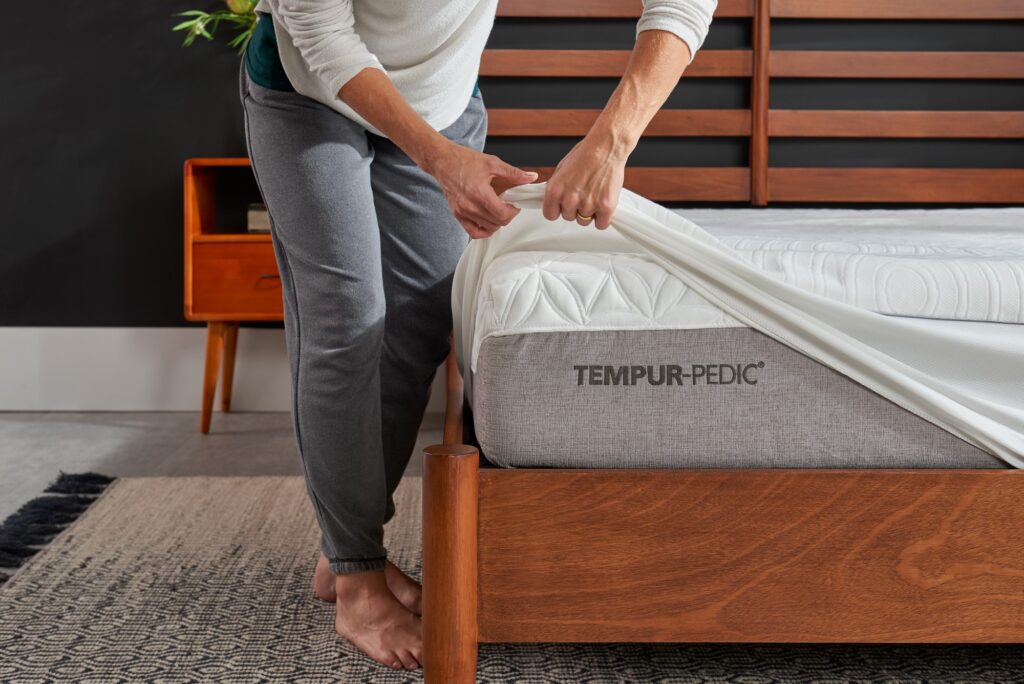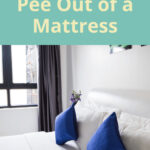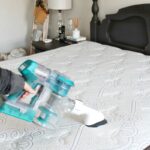Are you looking for a simple and straightforward guide on how to put on a mattress protector? If so, this article is for you! We’ll provide a step-by-step guide to help you keep your bed clean and safe. By following these steps, you can make sure your mattress is properly protected and free from dirt, dust, and other allergens. So, let’s get started and learn how to put on a mattress protector!
Benefits of Using a Mattress Protector
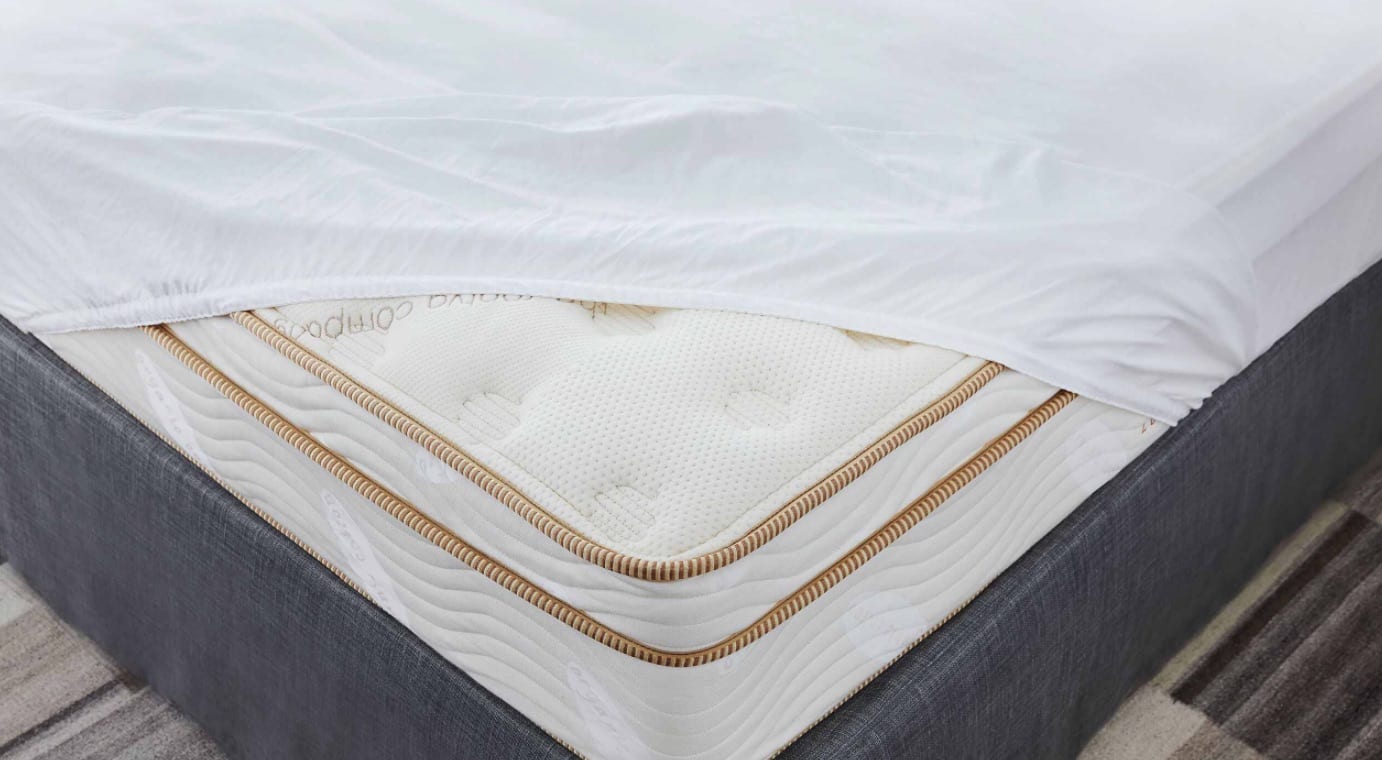
- Protects against dust mites – Mattress protectors are designed to provide a barrier between you and any dust mites that may be present in your mattress. Dust mites are microscopic organisms that can cause allergies and respiratory problems, so it’s important to keep them away from your sleeping environment as much as possible.
- Protects against bed bugs – Bed bugs are a pesky problem that can make your nights sleepless. Mattress protectors act as a barrier to keep these pests from getting into your bed and causing discomfort.
- Protects against spills and stains – Accidents happen, and when they do, a mattress protector can help keep your mattress clean and free of spills and stains. It can also protect against sweat and other body fluids, which can damage your mattress if left unchecked.
- Extends the life of your mattress – Mattress protectors can help your mattress last longer by providing an extra layer of protection from spills and stains. This can save you money in the long run by preventing the need to replace your mattress as often.
- Easy to clean and maintain – Mattress protectors are easy to clean and maintain. They can be removed and washed in the washing machine, so you don’t have to worry about getting your mattress wet or dealing with a stained mattress cover.
- Improves the comfort of your mattress – Mattress protectors can also provide a bit of extra cushioning, which can make your mattress more comfortable and help you sleep better.
Mattress protectors are an effective and affordable way to keep your bed clean and comfortable. They can help extend the life of your mattress, and provide a barrier against dust mites, bed bugs, and spills and stains. They’re also easy to clean and maintain, making them a great choice for anyone looking to keep their bed clean and comfortable.
Important Things to Consider Before Purchasing a Mattress Protector
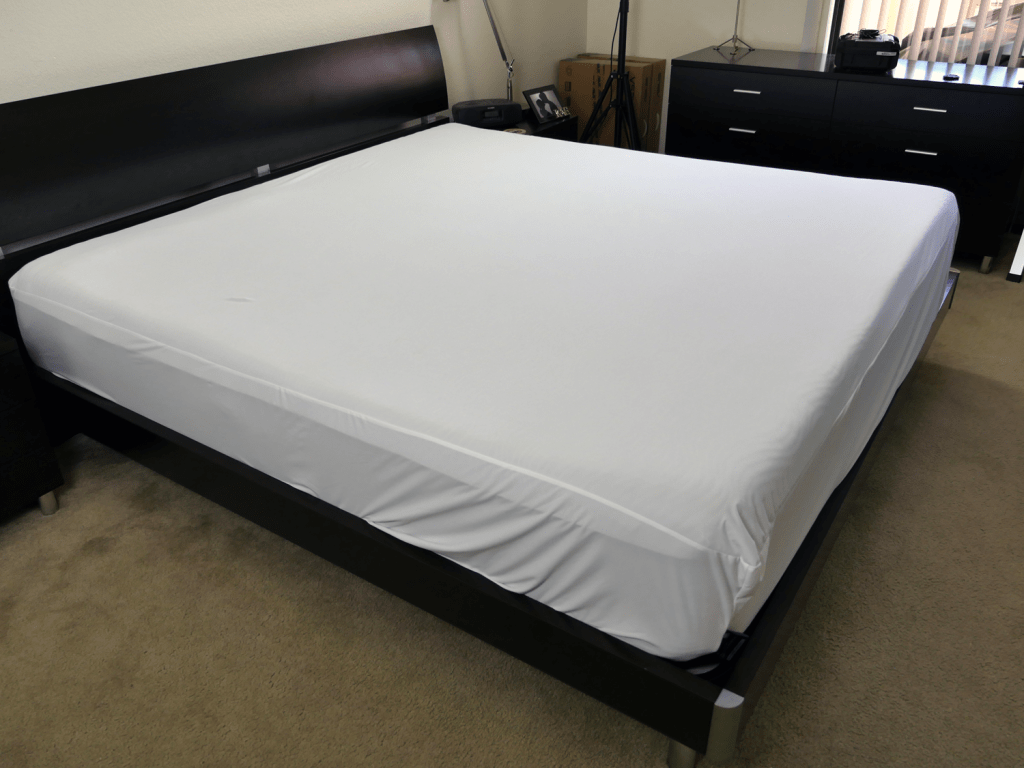
- Material: Look for mattress protectors made of waterproof fabric. These materials are breathable, so they won’t trap heat while you sleep. Also, they are soft and comfortable, so you won’t feel any added bulk.
- Size: Make sure you get the right size mattress protector for your mattress. A protector that is too small won’t be able to protect the entire surface area of your mattress.
- Style: Mattress protectors come in a variety of styles, such as quilted, encasement, and fitted. Consider which style is best for you.
- Durability: Look for mattress protectors made of durable materials. This will ensure that your protector will last for years and protect your mattress from spills and stains.
- Allergy Protection: If you have allergies or asthma, you may want to consider a mattress protector with anti-allergen properties. This will help reduce allergens in your bedroom and make your sleep environment cleaner and healthier.
- Washability: Most mattress protectors are machine washable, so you can easily keep them clean. Make sure to check the care instructions before washing.
- Price: Mattress protectors can range in price from budget-friendly to high-end. Consider your budget and the features you’re looking for when shopping for a new mattress protector.
Preparing the Bed for the Mattress Protector
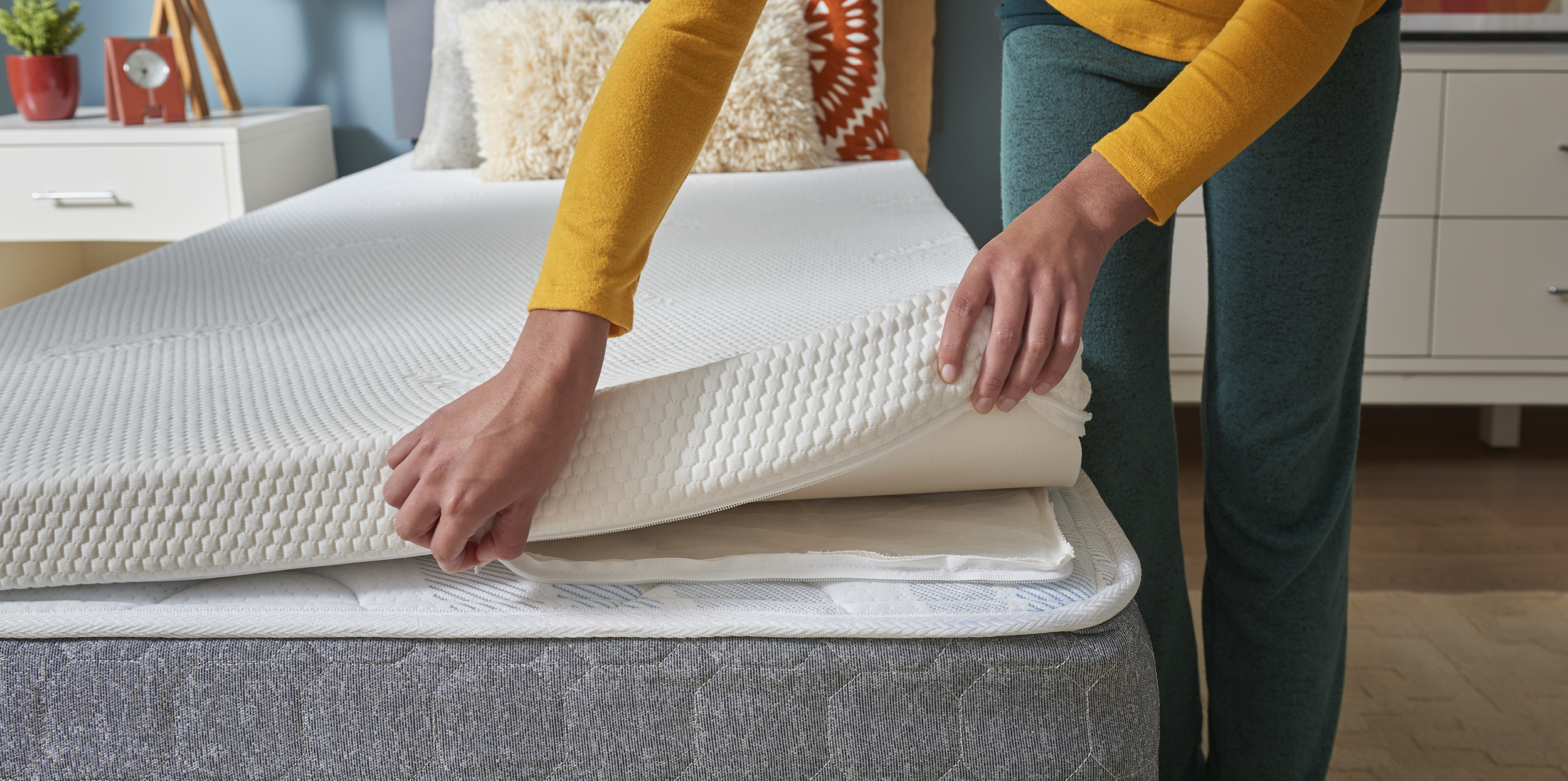
| Step | Instructions |
|---|---|
| 1 | Remove all items from the bed including sheets, blankets, and pillows. |
| 2 | Vacuum the mattress thoroughly using a handheld or upright vacuum cleaner. |
| 3 | If the mattress is stained, use a mattress cleaner to remove stains. |
| 4 | Make sure the mattress is dry before putting the protector on. |
| 5 | If using a mattress pad, place it on the mattress before the protector. |
Before putting on the mattress protector, it is important to prepare the bed. Start by removing all items from the bed, including sheets, blankets, and pillows. Next, vacuum the mattress thoroughly with a handheld or upright vacuum cleaner. If the mattress is stained, use a mattress cleaner to remove the stains before proceeding. Make sure the mattress is completely dry before putting the protector on. If using a mattress pad, place it on the mattress before the protector.
Unpacking and Fitting the Mattress Protector
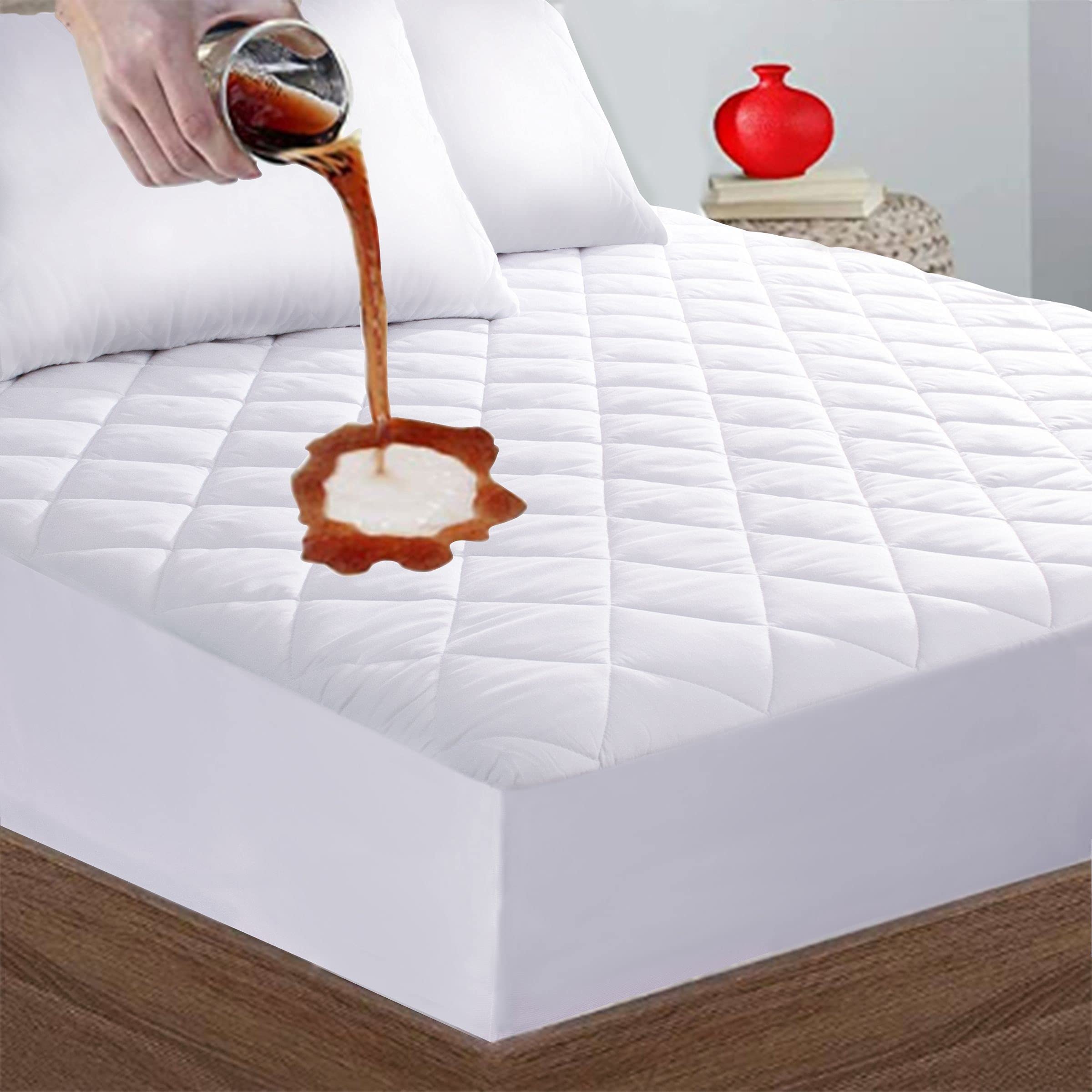
Remove the mattress protector from the packaging and lay it on a flat surface. Unfold it and check that it fits the mattress before putting it on. Make sure the top side is facing up.
Align the protector with the mattress and tuck it in securely. Some mattress protectors come with elastic bands to help secure the material in place.
Smooth Out any wrinkles and bumps in the protector to ensure it lays flat on the mattress. Make sure the protector is evenly distributed on the top and all the edges are tucked in properly.
Check that the mattress protector fits the mattress snugly, with no gaps and no excess material. Ensure the zipper, if present, is closed and the mattress protector is fully secured.
Your mattress protector is now ready to use.
Securing the Mattress Protector
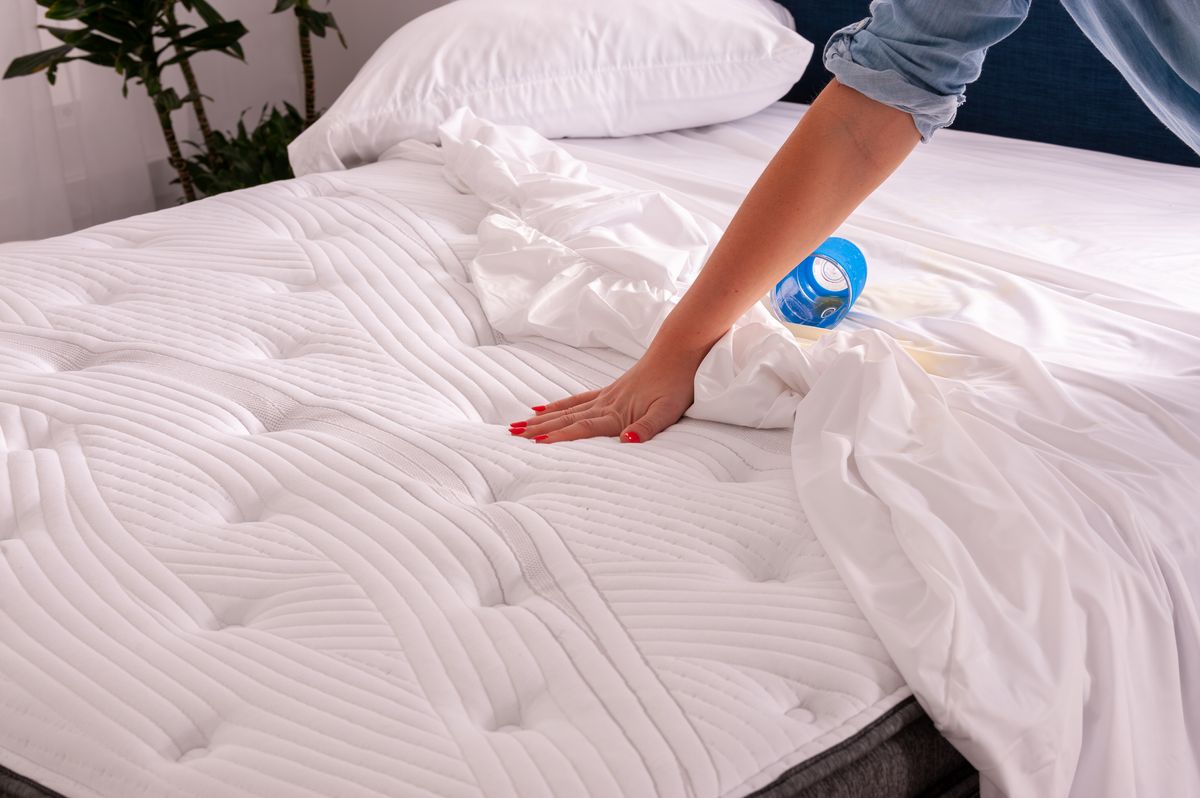
Once the mattress protector is in place, it’s time to secure it. There are a few ways you can do this, depending on the type of protector you have.
Elastic Banded Mattress Protectors
For protectors that come with an elastic band, simply stretch the band over the corners of the bed. Make sure to get the band tight enough to ensure a secure fit.
Zippered Mattress Protectors
If you have a zippered mattress protector, zip it up and ensure the zipper is completely sealed. Make sure to pull the zipper tight to ensure a secure fit.
Tie-Down Mattress Protectors
Finally, if you have a tie-down mattress protector, use the strings or straps provided to secure the protector to your bed. Make sure to tie each string or strap tightly to ensure a secure fit.
| Type of Protector | Securing Method |
|---|---|
| Elastic Banded | Stretch the band over the corners |
| Zippered | Zip it up and ensure the zipper is completely sealed |
| Tie-Down | Use strings/straps to secure the protector |
Care and Maintenance of the Mattress Protector
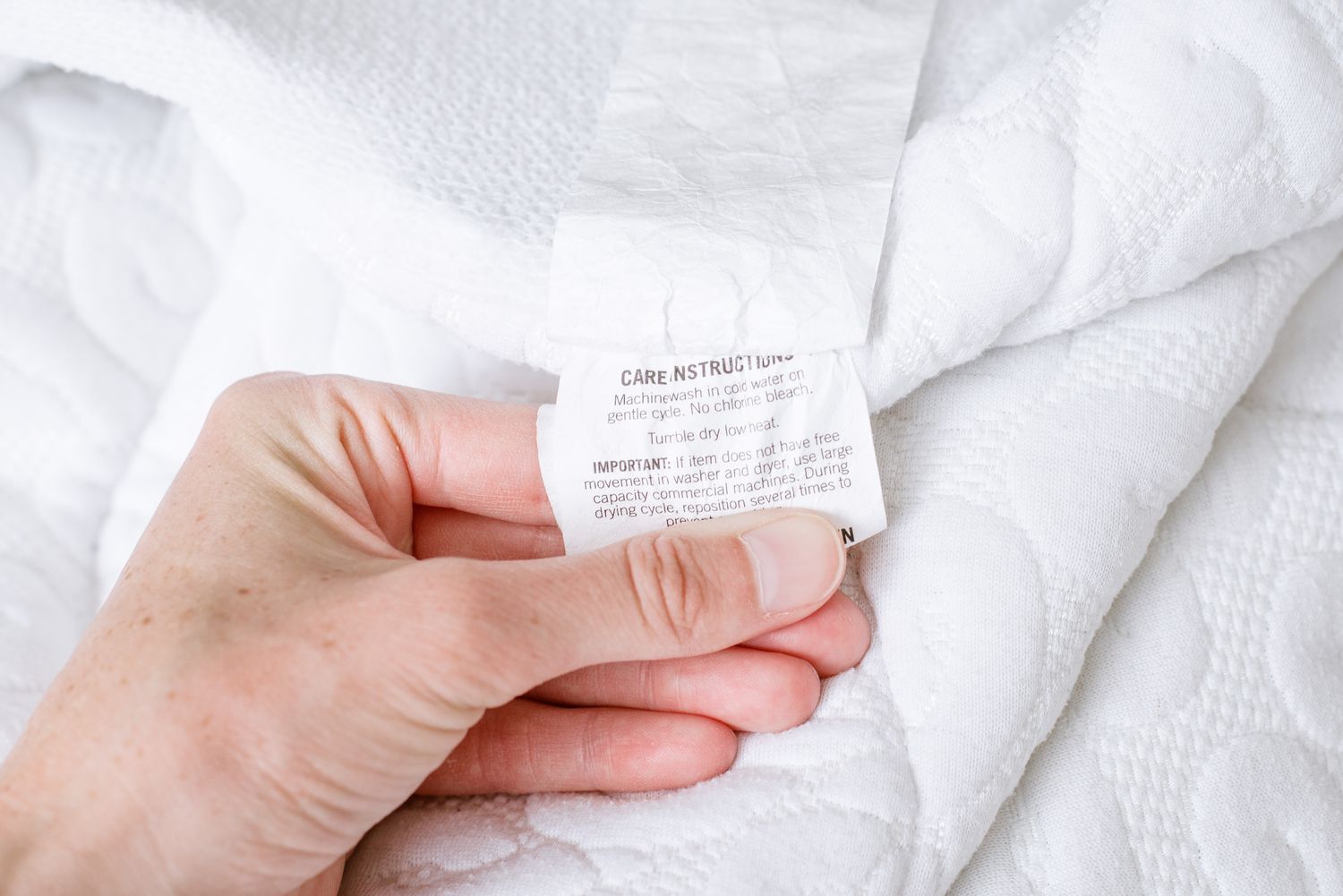
To ensure the longevity of your mattress protector, it is important to properly care for it. Here are some tips for proper care and maintenance:
Cleaning: Mattress protectors are usually machine washable. Before washing, be sure to read the manufacturer’s instructions for the correct washing temperature and cycle. It is best to use a mild detergent to avoid any damage to the fabric. After washing, hang the mattress protector up to dry or place it in the dryer on a low-heat setting.
Storing: When not in use, it is best to store your mattress protector in a cool, dry place. Avoid folding or crumpling the fabric, as this can cause creasing or cracking.
Replacing: Mattress protectors should generally be replaced every 6-12 months, depending on how much wear and tear it has received. It is a good idea to inspect your mattress protector regularly for any signs of wear or damage.
Tips for a Better Sleep with a Mattress Protector
1. Choose the Right Size – Make sure that the mattress protector you select is the right size for your mattress.
2. Choose Quality – A quality mattress protector will provide you with better protection and help you get a better night’s sleep.
3. Use Breathable Materials – Look for mattress protectors made from breathable materials that provide comfort and air circulation.
4. Clean Regularly – Regularly clean your mattress protector to ensure that it is free of dust and other allergens.
5. Repair Any Tears – If your mattress protector gets torn, repair it as soon as possible to ensure that it continues to provide protection.
6. Don’t Use a Damaged Protector – Discard any mattress protectors that have become damaged, as they may not be providing the necessary protection.
Frequently Asked Questions
What type of mattress protector should I use?
- Waterproof Mattress Protectors: These are designed to keep your mattress dry, protecting it from spills and accidents. They are usually made of vinyl or polyurethane, and are very effective in keeping moisture away.
- Bed Bug Mattress Protectors: These protectors are designed to keep bed bugs away from your mattress. They are made from a special material that is designed to repel the bugs and keep them away from the mattress.
- Dust Mites Mattress Protectors: These are designed to keep dust mites away from your mattress. They are usually made of a special fabric that is designed to repel the mites and keep them away from the mattress.
- Allergy Mattress Protectors: These are designed to keep allergens away from your mattress. They are usually made of a special fabric that is designed to repel the allergens and keep them away from the mattress.
Depending on your needs, you can choose from a variety of mattress protectors to keep your mattress clean and safe. Make sure to read the product description and reviews to find the best option for you.
Can a Mattress Protector Be Machine Washed?
Yes. Mattress protectors are designed to be machine-washed and dried for easy cleaning.
- Use a mild detergent and cold or warm water.
- Make sure to read the care instructions on the mattress protector label.
- If the mattress protector is waterproof, use a laundry detergent without bleach.
- Tumble dry the mattress protector on a low setting.
It is important to wash your mattress protector regularly to remove any dust, dirt, and allergens. Washing your mattress protector is also an opportunity to check if it needs to be replaced. If the mattress protector is damaged, it may be time to invest in a new one.
How often should I change my mattress protector?
It depends on your usage:
- If you use your mattress protector regularly, it is recommended that you change it every 3 to 6 months.
- If your mattress protector is used rarely, you may be able to extend the life to up to a year.
- If you have allergies, it is recommended that you change your mattress protector more frequently.
- If you have pets, you should change your mattress protector every 1 to 3 months.
Regular maintenance is important:
- Make sure to regularly vacuum and wash your mattress protector to keep it clean and hygienic.
- Check for any signs of wear and tear, such as rips, tears, or holes, as these can allow dust and allergens to enter your mattress.
- If you notice any signs of wear and tear, it is best to replace your mattress protector as soon as possible.
Is a Mattress Protector Necessary to Keep My Bed Clean?
Yes, a mattress protector is essential to keep your bed clean and free from dust, dirt, and other allergens. It also helps to protect your mattress from moisture and spills, and helps keep it in good condition for longer. A mattress protector is an inexpensive and easy way to ensure your bed is kept clean and comfortable.
Are there any special considerations for putting on a mattress protector on a memory foam mattress?
Memory foam mattresses require special consideration when putting on a mattress protector. Here are the key points to consider:
Allow for breathing room: Memory foam mattresses require some breathing room for the foam to stay cool and comfortable. It’s important to leave some space between the mattress protector and the mattress to ensure air circulation.
Adjust the fit: Memory foam mattresses often have a thicker profile than other mattresses. To ensure a secure fit, it may be necessary to adjust the fit of the mattress protector to ensure it is snugly covering the entire mattress.
Choose the right material: Memory foam mattresses require a mattress protector that is breathable and lightweight, to ensure the memory foam can still breathe and contour to the sleeper’s body. Look for mattress protectors made with natural fibers like cotton, wool, or bamboo, as they are more breathable than synthetic fabrics.
Check for durability: As memory foam mattresses are more prone to wear and tear, it’s important to check that the mattress protector you choose is durable and can withstand frequent use.
Wash regularly: Memory foam mattresses are more likely to attract dust and allergens, so it’s important to wash the mattress protector regularly to ensure the mattress remains clean and hygienic.
Conclusion
A mattress protector can help keep your mattress clean and safe from dirt, dust, and allergens. It’s easy to put on and can be done in a few simple steps. Make sure to measure your mattress before buying a protector and choose a protector that is suitable for your mattress. With the right mattress protector, you can keep your mattress in good condition for years to come.
